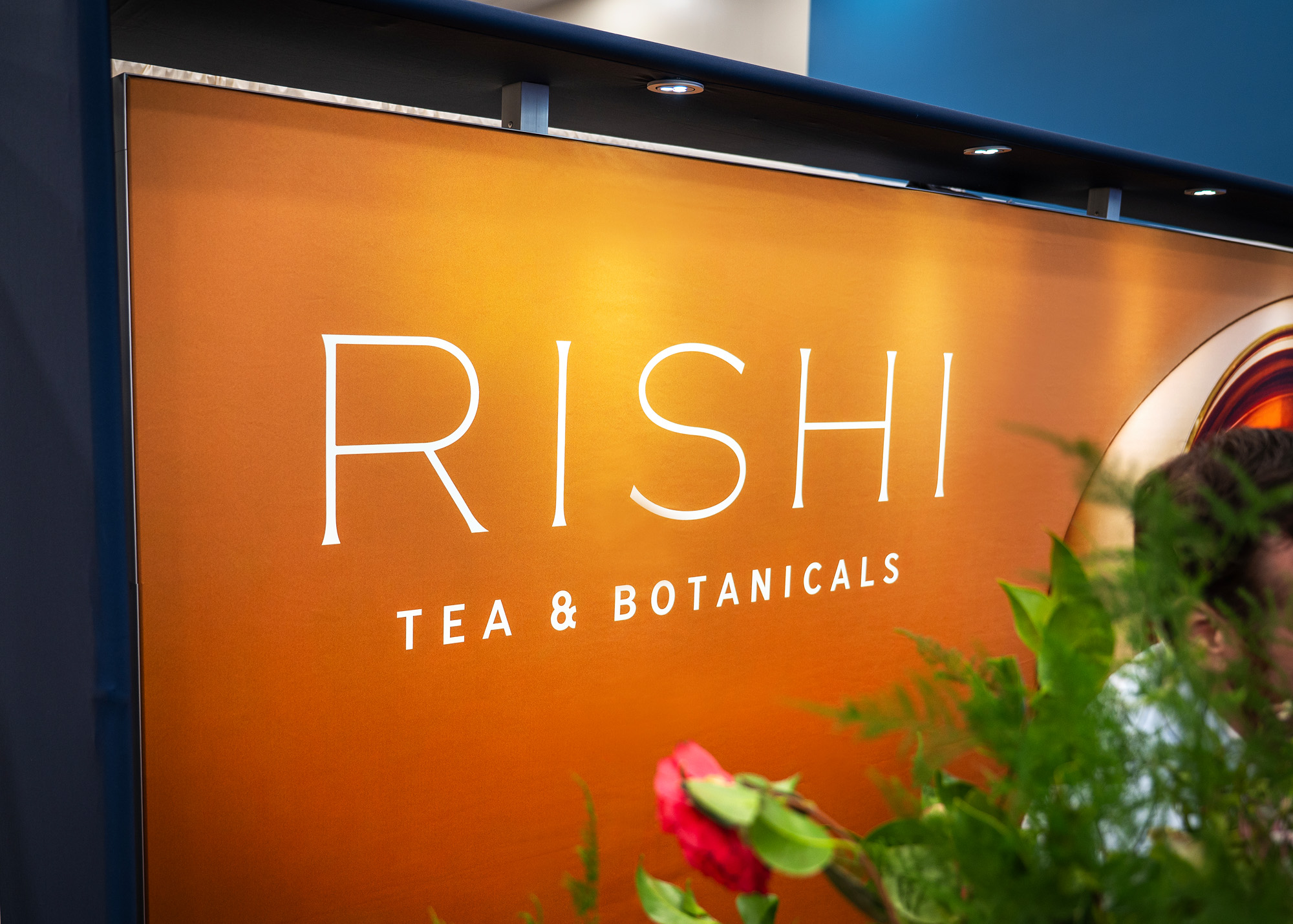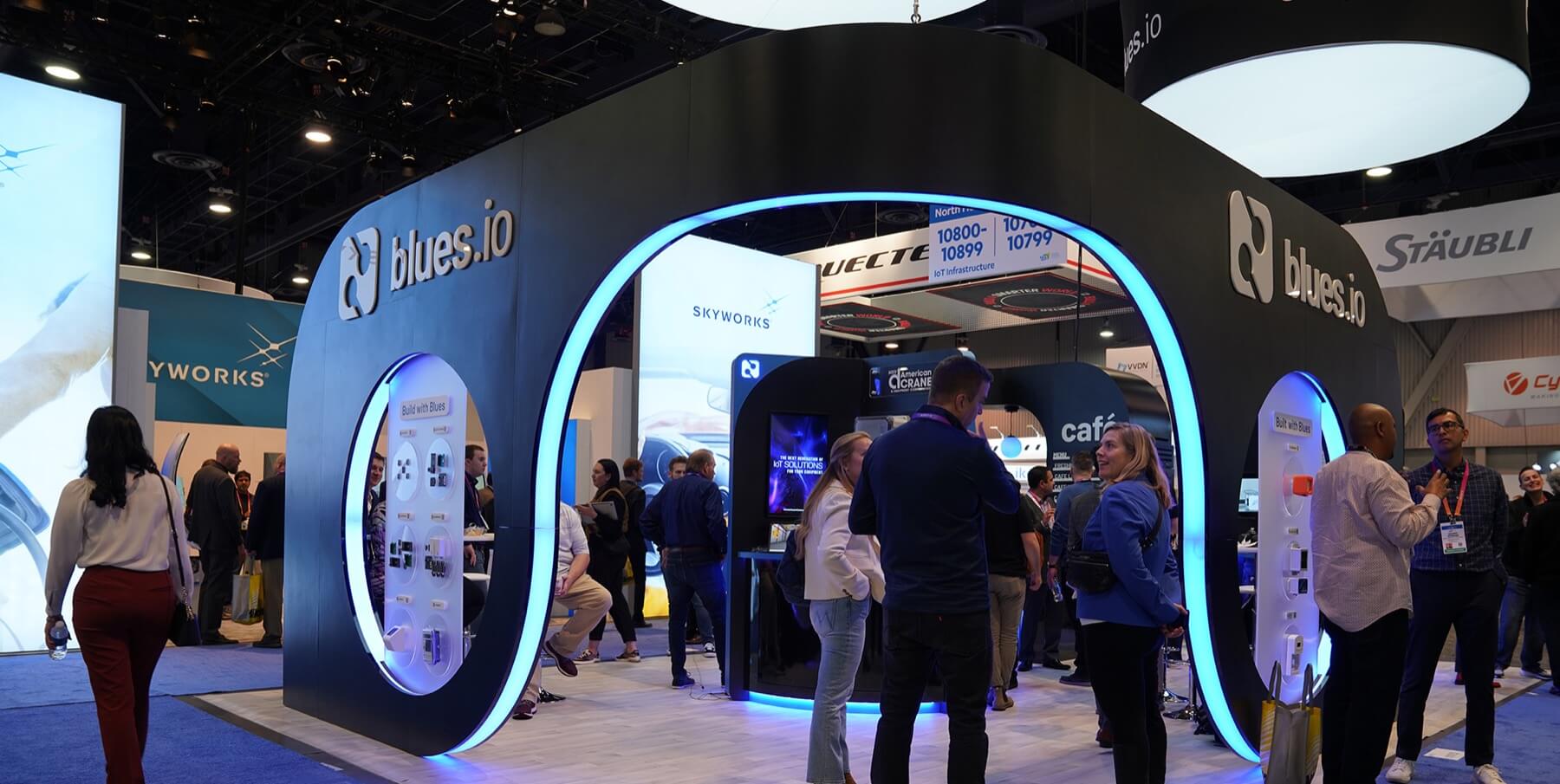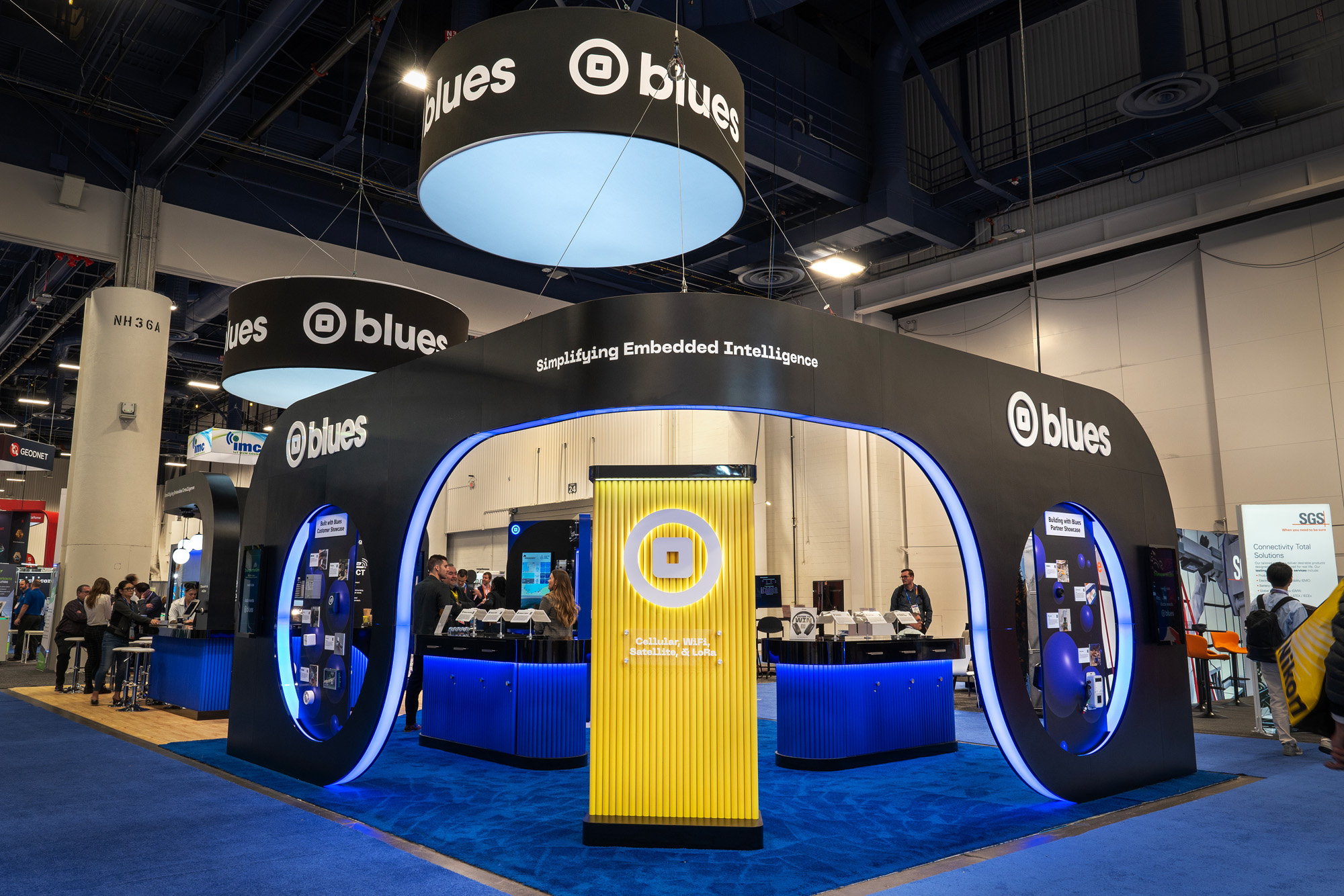Good communication and effective collaboration are critical to the success of experiential marketing campaigns. Partnering with an experienced event marketing company like STAR ensures you have expert guidance at every step, from ideation to execution—whether it’s a live event, trade show booth, or retail installation.
To help you navigate the process and achieve high-impact results, here are five steps we recommend for fostering seamless collaboration and maximizing the success of your project – whether it’s a single initiative or the start of a long-term partnership.
1. Collaborate on creative strategy.
A well-thought-out creative strategy is the cornerstone of effective exhibit design. An experienced event marketing company will take the time to lay the foundation by working with you on the strategic aspects upfront. They will use the project’s discovery phase to help you define your goals, understand your audience, and outline the key concepts that will guide the project.
By investing time in creative strategy, your partner will ensure that everyone is aligned on the project’s goal. This clarity not only sets the stage for effective creative work but can help prevent costly changes down the line. When you and your creative partner have a shared understanding of strategic goals, the creative process becomes more focused and purposeful.
Your creative services partner should then capture what’s discussed during this in a creative brief that then becomes the source of truth for the professionals working on your project. They will take your challenges, messaging, and goals and develop a creative plan that aligns with your brand and resonates with your audience. Review creative briefs, gathering insights from any critical stakeholders and giving detailed feedback early on to support a strong foundation moving forward.
2. Create shared success metrics.
What does success look like for your exhibit? This question needs to be answered early and agreed upon by all stakeholders, including your internal team and your partner. Then your creative partner should bring their expertise to translate those goals into actionable metrics. By leveraging their experience, they’ll help identify both quantitative and qualitative measures of success, ensuring alignment from the start. This approach allows the creative partner to focus their efforts on delivering results that achieve your vision while providing clarity around what success will look like for all involved.
3. Share everything up front.
Transparency is key to a successful creative partnership. From the outset, clients can take one critical step that helps set a project up for a win: share all relevant information with your creative partner—including goals, budget, initial ideas, reference materials, internal documents, decision-making process, and access to key stakeholders. Have your internal team spend some time gathering relevant reference documents, finding examples of things they love or hate, and even arranging interviews with key stakeholders whose perspectives can inform the project. A trusted partner like STAR can guide you through this process, ensuring your efforts are focused and effective, setting the foundation for a successful collaboration.
Sometimes, clients want to be sparing with the information they share so that it doesn’t constrain the creative process or overly influence proposals. However, a professional partner will thrive when given the freedom to generate ideas and think beyond the obvious. If you’re looking for a fresh, blue-sky approach, your creative partner is well-equipped to take the lead and provide inspired ideation grounded in strategy.
4. Align on deliverables and collaboration.
Every client-agency relationship thrives on clear communication. Since every client has unique expectations when it comes to deliverables and the collaboration process, early discussions about preferences are key. Together with your agency, explore how the creative process can best work for both teams – whether through multiple rounds of ideation, visuals, or copy refinement.
Consider how you’d like to engage: Would your team benefit from quick feedback on sketches in progress, or would a more formal, polished presentation align better with your decision-making process? Share your thoughts on review timelines, the level of detail desired at each stage, and how feedback will flow.
By collaborating on these points, you empower your agency to tailor their approach to fit seamlessly with your team’s style and goals. Providing constructive input on what resonates and what needs adjustment ensures the creative process evolves in a way that reflects your vision while fostering a productive partnership.
5. Work closely with your event marketing company.
A strong partnership is built on close collaboration. Regular check-ins, open lines of communication, and a willingness to work through challenges together are all critical to project success. A professional exhibit services partner can take a project off your plate and provide as much or a little engagement as your team is interested in providing. However, investing early on to make sure that the collaboration is there and your vision is clear can save time and drive results you’ll be proud.
By staying engaged and working closely with your creative partner, you can ensure that the creative process remains dynamic, responsive, and aligned with your goals. If questions or concerns do arise, account executives or creative directors will feel comfortable reaching out to test an idea or gauge your preferences to better connect their work to your vision.
Laying the foundation for effective creative collaboration.
Supporting powerful creative outcomes starts with hiring talented partners. However, a project’s success can be cemented with active and thoughtful participation from the client. By investing time in creative strategy, establishing shared success metrics, being transparent from the start, setting clear expectations, and maintaining close collaboration, you can help create an environment where creativity thrives, and your marketing objectives are met.
Ready to learn more about how creative strategy can support your broader vision? Explore our latest eBook on creative services for experiential marketing today.








